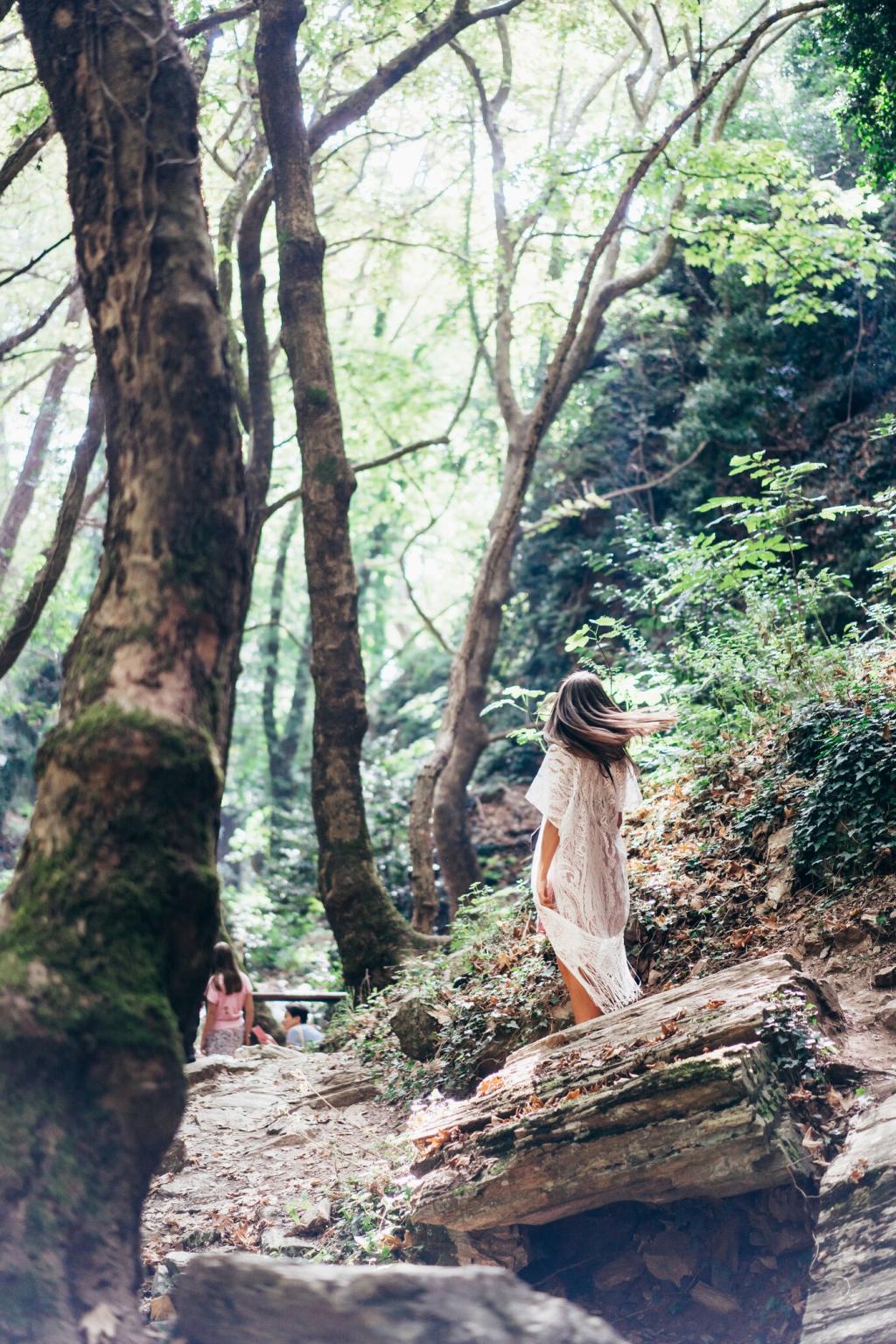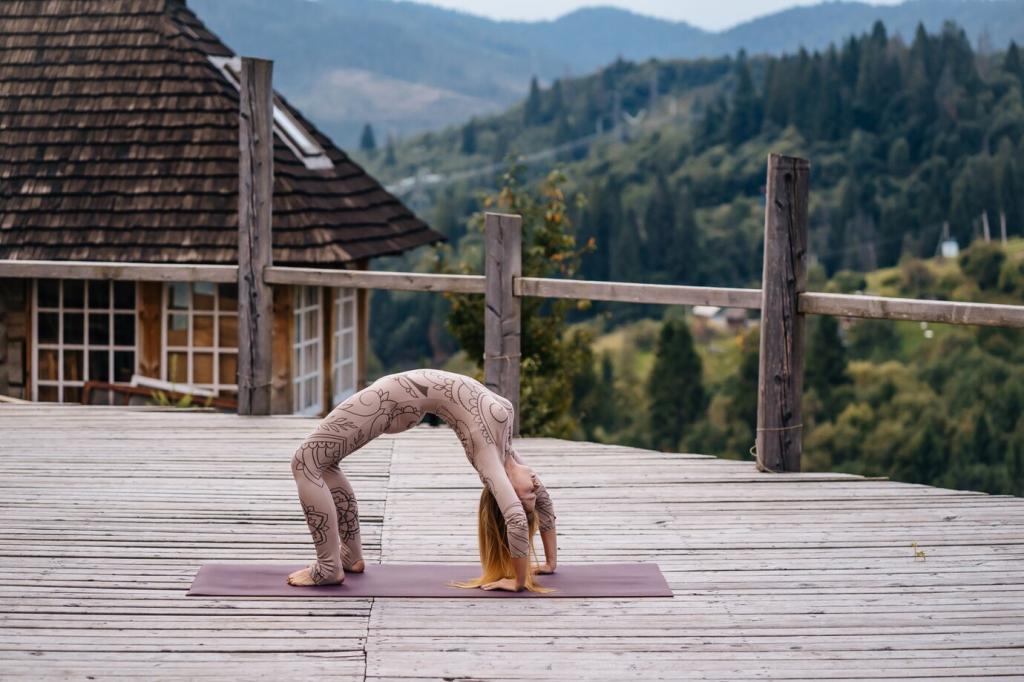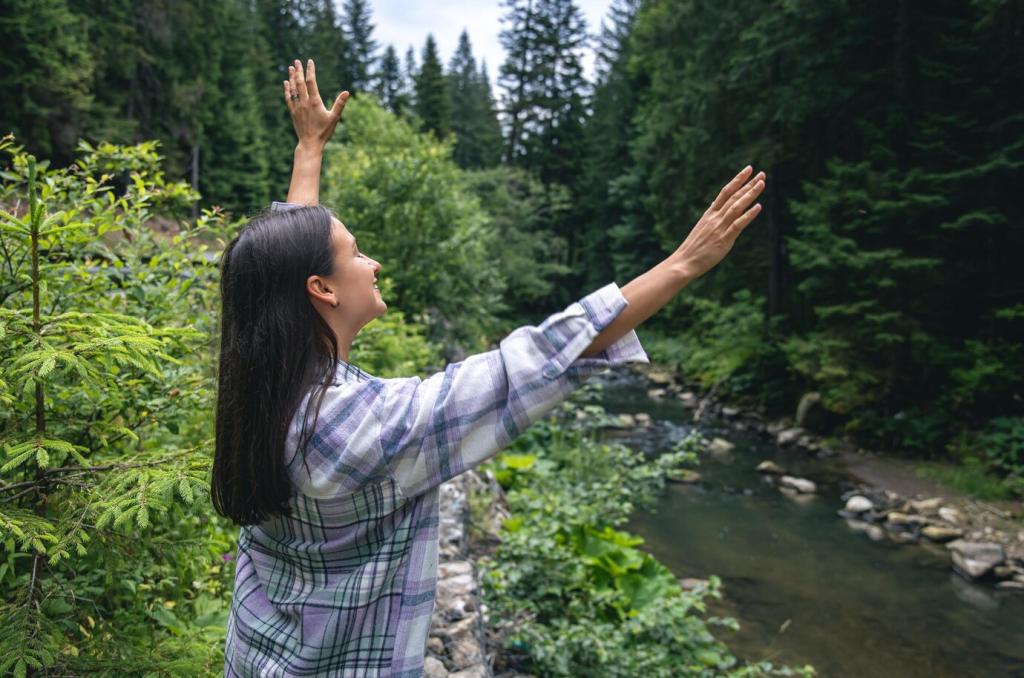Meditation Retreat Experiences in Natural Parks
Finding Stillness Under Open Skies
Arrive before sunrise, when fog braids through branches and birds thread the silence with small bright calls. Sit comfortably, palms open, and watch the forest inhale light. As shadows retreat, let your breath lengthen, matching the day’s awakening with simple, patient attention.
Find a bend in the stream where water gathers its voice. Let your awareness rest on the steady rush, noticing layers of sound—near, mid, and far. Each tone becomes an anchor, inviting you to release mental clutter and return to the river’s unending conversation.
If this vision stirs something in you, commit to one small practice outdoors this week. Share your intention in the comments, invite a friend to join, and subscribe for gentle prompts that help you honor the theme in your local park or backyard.
Preparing for a Nature-Based Retreat
Bring layers, a simple mat or blanket, water, and a notebook. Choose items that serve the experience, not the ego. The lighter your pack, the easier it becomes to settle body and mind, freeing attention for birdsong, breeze, and the warmth of filtered sunlight.


Lie back safely and soften your gaze into the open sky. Let thoughts drift like clouds—visible, moving, and non-graspable. When the mind tenses, return to the feeling of gravity supporting you, and the vastness overhead reminding you of impermanence and possibility.

Match steps to breath: three steps in, three steps out, then gently adjust to the terrain. Notice heel, arch, toe; leaf, root, stone. Allow curiosity to replace commentary. Each mindful step becomes a quiet bow to the trail’s textures and the body’s fluent intelligence.

Seated or standing, attend to earth (solidity of bones), water (fluid sensations), fire (warmth of sun on skin), air (cool breath at nostrils). Rotate attention steadily. This elemental inventory harmonizes body and environment, revealing calm that is grounded rather than forced.
Stories from the Trail
A participant once described sheltering under a cedar as rain hammered the canopy. When quiet returned, every leaf sparkled with new edges, and their breath followed the dripping rhythm. They wrote later that the storm felt like a reset, granting permission to begin again.
During a trail briefing, a ranger paused mid-sentence to watch a hawk circle. No words—just shared sky. That simple pause taught the group more about attention than any lecture could: presence communicates itself, silently, and rearranges how we listen to the world.
What moment changed you outdoors? Was it a cold wind on a high ridge, or moss holding your steps like memory foam? Share your story below so others can learn from it. Subscribe to read future community highlights and deepen this living, collective field of practice.

The Science of Green Mindfulness
Forest Bathing and Cortisol
Multiple studies suggest time in forests can lower cortisol and blood pressure. Combine this with seated practice, and you magnify benefits. The sensory richness of bark and breeze anchors awareness, while your physiology shifts from fight-or-flight into rest, digest, and repair.
Attention Restoration Theory
Natural settings gently engage involuntary attention—soft fascination—allowing directed attention to rest. After a mindful walk by water or among aspens, tasks feel lighter, focus sharper. This replenishment is not indulgence; it is maintenance for a mind expected to care and create.
Breath, Heart Rate, and Birdsong
Slow breathing can entrain heart rhythms, and listening to birdsong may signal safety to the nervous system. Together, they nudge us toward calm alertness. Consider a simple protocol: three minutes breath-counting, two minutes bird-listening, then open awareness for integrative stillness.
Creating Community in Wild Places
Begin with names, pronouns, and a one-line intention. Acknowledge the land and its original stewards. This brief ritual stabilizes the group’s nervous system and affirms shared values, building trust that carries through silent sits, mindful meals, and reflective walks.
Creating Community in Wild Places
After a sit, circle with notebooks and offer a few chosen lines, not critiques. Brew a simple tea, savoring steam and warmth. These gentle exchanges deepen insight, revealing patterns the forest noticed before you did, and inviting gratitude to flow through conversation.
